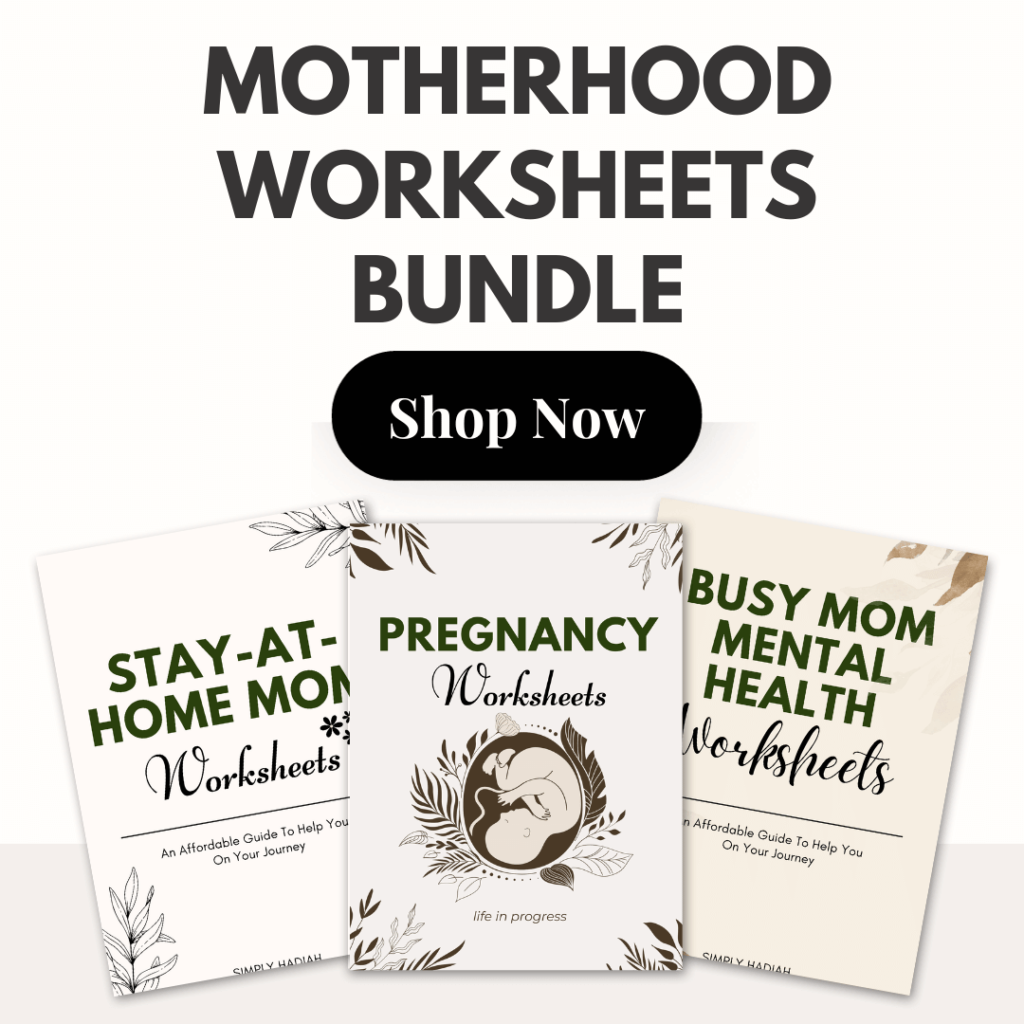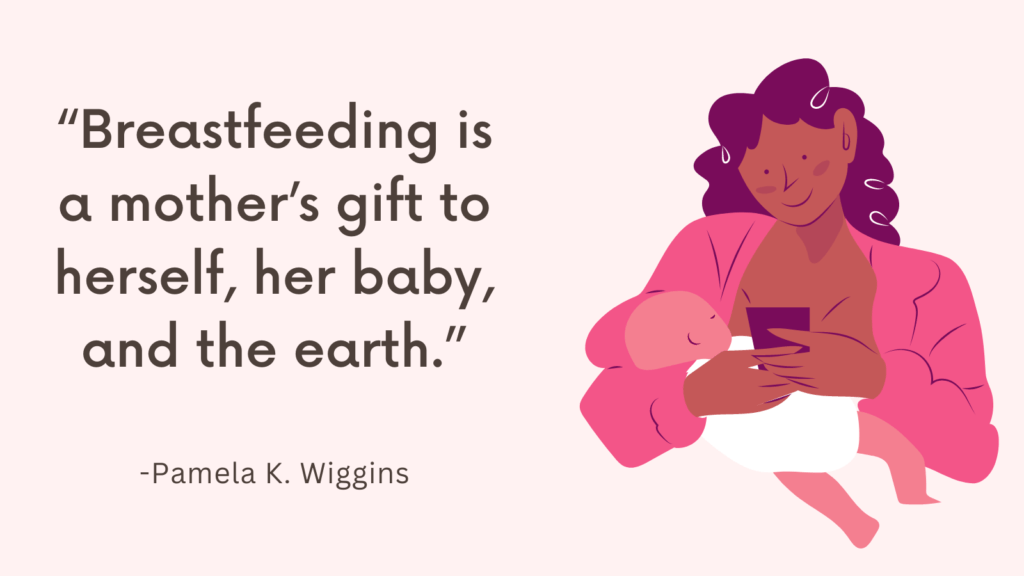In this post, you’ll learn how to massage engorged breasts and find relief.
What Are Engorged Breasts?
Engorged breasts refer to a condition where the breasts become overly full and swollen due to an excessive accumulation of milk in the breast tissues.
This condition typically occurs in women who are breastfeeding, especially in the first few weeks after delivery when the milk supply is not yet fully established.
Engorgement can cause discomfort, tenderness, and pain in the breasts, as well as difficulty in breastfeeding.
It can also lead to other complications such as mastitis (breast infection) and plugged ducts.
Treatment for engorged breasts typically involves frequent nursing or pumping to empty the breasts, warm compresses, and sometimes medication to relieve pain and inflammation.
If you are experiencing severe or prolonged breast engorgement, it is important to seek advice from a healthcare provider.
Related: How To Sleep Comfortably With Engorged Breasts?
Causes of Engorged Breasts
Engorgement of the breasts happens when there is an excess of milk production and insufficient removal of milk.
This can be caused by a variety of factors, such as:
1. Delayed or skipped feedings: When a baby doesn’t nurse or feed adequately, the milk accumulates which leads to breast engorgement.
2. Poor latching: If the baby is not latched on correctly, they may not be able to effectively remove milk from the breast. This leads to a build-up of milk and eventual engorgement.
3. Weaning: When a mother decides to stop breastfeeding abruptly, it can also lead to breast Engorgement.
4. Blocked milk ducts: If milk is not properly drained, it can lead to blockages in the milk ducts causing engorgement.
5. Rapid milk production: When milk comes in quickly after birth, it can cause the breasts to become engorged.
6. Medications: Certain medications can increase milk supply in the breasts leading to engorgement.
7. Breast infection: Engorgement may also occur during a breast infection, such as mastitis.
Related: Top 8 Breast Pumping Tips For New Moms
Why Use Massage to Relieve Engorged Breast?
Massage can be an effective way to relieve breast engorgement for a few reasons:
1. Increased Blood Flow: Massage helps increase blood flow to the affected area, which can help reduce swelling and inflammation.
2. Milk Flow: Engorgement can make it hard for milk to flow freely, so massage can help” break up” any blockages and encourage milk to flow more easily.
3. Comfort: Breast engorgement can be uncomfortable or painful, and massage can provide some relief.
4. Prevention: Regular massage can help prevent engorgement from developing in the first place by promoting milk flow and preventing blockages.
However, it is important to remember that massage should be used in conjunction with other methods to relieve breast engorgement, such as nursing frequently or using a breast pump.
Related: 10 Tips For Successful Breastfeeding
Types of Massages That Can Be Done On Engorged Breasts
Some types of massages that may be suggested by a healthcare professional to relieve engorgement include:
1. Soft massage: This involves gently rubbing or stroking the breast in circular motions using the fingertips.
2. Hand expression: This technique involves using your hand to gently compress and massage the breast to express milk.
3. Reverse pressure softening: This technique involves applying gentle pressure around the nipple and areola to help soften the area and facilitate milk flow.
4. Vibrating massage: This involves using a vibrating device or electric mass ager to gently stimulate the breast tissue.
It’s important to note that massages should be done with clean hands and that if engorgement persists or becomes severe, seeking medical attention is recommended.
Related: How To Combine Breastfeeding And Pumping?
How To Massage Engorged Breasts?
#1. Help Relax The Breast Tissue
Both warm shower and using warm compresses can be effective ways to relax the breast tissue and relieve engorgement.
A warm shower can help to soothe sore, uncomfortable breasts by promoting circulation and helping to reduce inflammation.
You can stand under warm water for 5-10 minutes and gently massage your breasts to help stimulate milk flow and ease any lumps or soreness.
A warm compress, on the other hand, can provide more targeted relief to specific areas of the breast.
You can use a hot water bottle, a warm towel, or a specially designed breast heating pad to apply heat to the affected area for 15-20 minutes at a time.
This can help to increase blood flow and promote milk flow while reducing swelling and inflammation.
Ultimately, both options can be effective in their own way, so it’s up to you to choose which one feels most comfortable and convenient for you.
It’s always a good idea to discuss any concerns you have with your healthcare provider or lactation consultant to ensure that you’re using the best techniques to meet your individual needs.
Related: Best 10 Breastfeeding Books
#2. Use a Massage Oil Or Cream
Using a massage oil or cream can be helpful when massaging engorged breasts.
The oil or cream can help soften the breast tissue and make it easier to massage. It also provides lubrication, reducing friction and discomfort during the massage.
When choosing a massage oil or cream, look for products that are specifically designed for breastfeeding moms.
These products are often made with natural ingredients that are safe for your baby.
Before starting your massage, wash your hands thoroughly with soap and warm water.
Apply a small amount of oil or cream to your fingers and gently massage your breasts in a circular motion, starting from the outside and moving towards the nipple.
Remember to be gentle and patient, and stop if you feel any pain or discomfort.
Related: Breastfeeding Resources (Information, Apps, Books, Podcasts)
#3. Start With Light Pressure Then Gradually Increase It
Avoid pressing too hard or pulling the nipple.
1. Start with light pressure: Begin by using very gentle and light pressure on your breasts. Use the pads of your fingers, and start at the outer edges of your breasts and work your way towards the areola. Use circular motions, massaging each breast for about five minutes.
2. Gradually increase pressure: As you massage, gradually increase the pressure until you get to a level that feels comfortable for you. The goal is to apply enough pressure to help ease the engorgement, but not so much that it becomes painful or uncomfortable.
3. Use different techniques: There are a few different massage techniques that can be helpful for relieving breast Engorgement. One method is to use a rolling motion, where you gently roll the breast tissue between your fingers.
4. Massage frequently: Engorgement can be an ongoing issue for some mothers, so it’s important to continue to massage your breasts regularly. You can do this several times a day, either before or after breastfeeding or pumping.
Remember to always seek advice from a lactation consultant or healthcare professional if you’re experiencing persistent breast engorgement or pain.
Related: 10 Best Books For New Moms
#4. Take Breaks If The Massage Becomes Painful
It’s important to listen to your body and take breaks if necessary.
If the massage becomes too painful, taking a break can help to prevent further discomfort or injury.
It’s also a good idea to check in with a healthcare provider or lactation consultant to make sure you’re using proper techniques and getting the best possible results from your massage.
#5. Do Not Massage For More Than 20-30 Minutes At A Time
Over-massaging can actually cause more harm than good.
Avoid massaging for more than 20-30 minutes and monitor the area for any signs of discomfort or inflammation.
Related: Best 10 Books For Working Moms
When To Seek Medical Attention
You should seek medical attention for breast engorgement if you experience severe pain, fever, or if your breasts become red and warm to the touch.
These could be signs of a possible infection, such as mastitis, which requires prompt medical treatment.
Additionally, if you are having difficulty breastfeeding due to severe engorgement, a lactation consultant or healthcare provider can provide guidance and support on how to manage it.
Related: Top 17 Questions To Ask A Doula
Conclusion
Massage can be a very effective way to ease engorgement in the breasts.
Remember to always be gentle and patient during the massage.
Try to avoid squeezing or pinching the breasts too hard, as this can cause more pain and discomfort.
If you notice any redness, soreness, or fever, make sure to contact your healthcare provider immediately.




